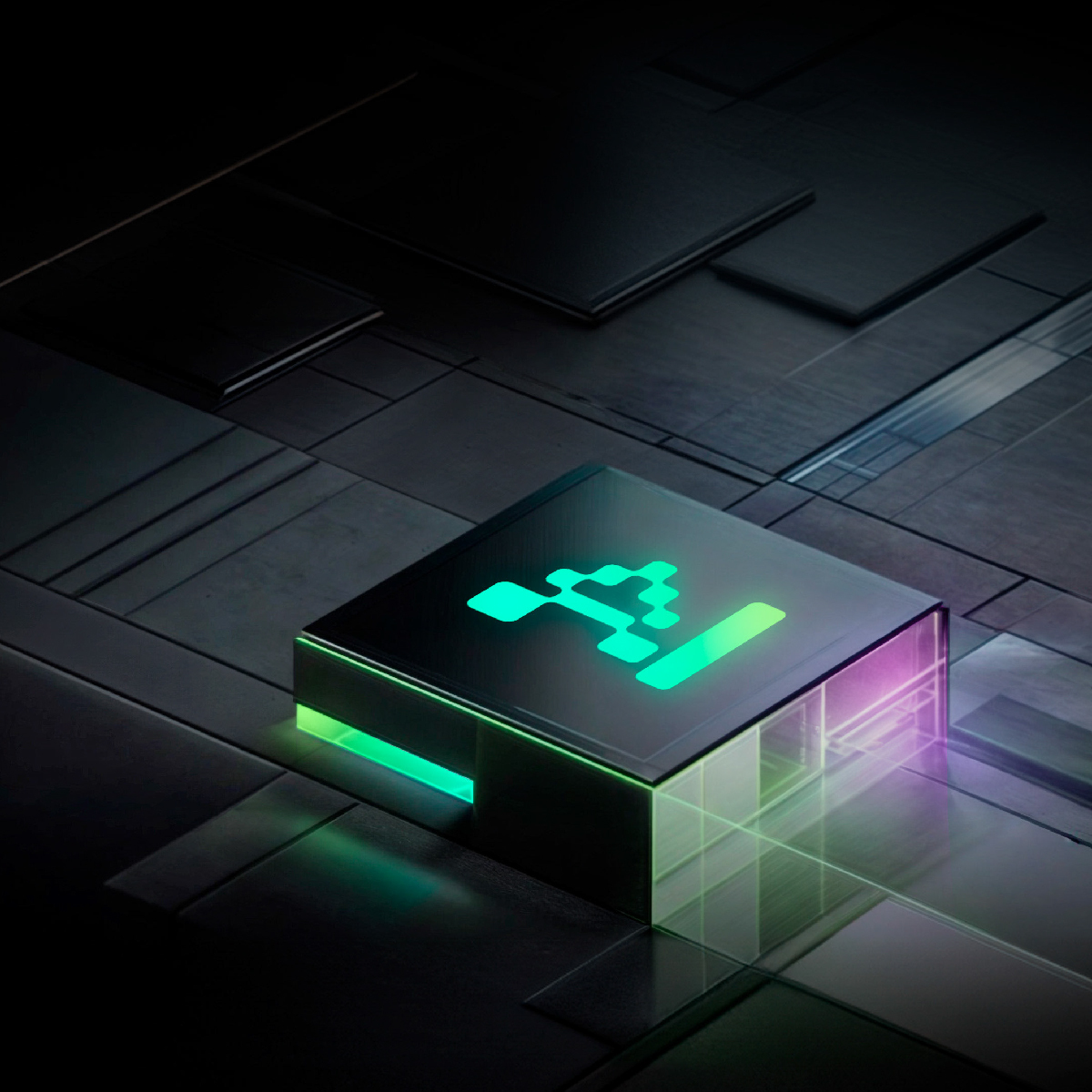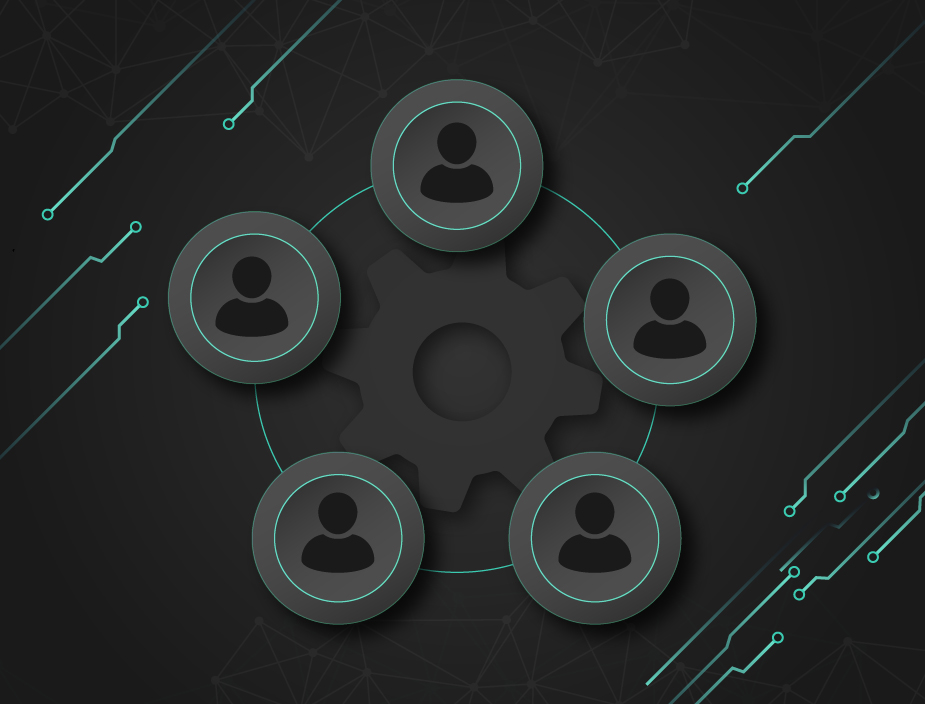Join our newsletter


The era of artificial intelligence has ushered in a new paradigm for businesses and industries alike. To harness the full potential of AI, organizations need to assemble a skilled and collaborative team. This article explores the key roles within an AI development team and their responsibilities.

While the specific structure of an AI team can vary depending on project size and complexity, certain core roles are essential for success.
Data is the lifeblood of AI. Data analysts are responsible for collecting, cleaning, and preparing data for analysis. They extract valuable insights and communicate findings to stakeholders.
These individuals are the custodians of data within an organization. Research scientists generate new data through research and development, while business data owners manage operational data. Their role is crucial in ensuring a steady supply of high-quality data for the team.
Data scientists are the linchpin of AI development. They leverage statistical and machine learning techniques to analyze data, build models, and extract meaningful insights. Their ability to translate complex findings into actionable recommendations is vital to the project's success.
Data engineers are the unsung heroes of AI projects. They build and maintain the data infrastructure, ensuring a smooth flow of data from various sources. Their expertise in data pipelines, storage, and processing is essential for the team's efficiency.
These engineers are responsible for developing, training, and deploying AI models. They work closely with data scientists to translate insights into actionable solutions. Their knowledge of machine learning algorithms and programming languages is crucial for building robust AI systems.
Software engineers develop the applications and user interfaces that interact with the AI models. They ensure the final product is user-friendly, efficient, and scalable.
Depending on the project's scope and complexity, additional roles may be necessary:
Effective AI development requires seamless collaboration among team members. Open communication, shared goals, and a clear understanding of each other's roles are essential for success. By fostering a collaborative environment, organizations can maximize the potential of their AI initiatives.
Building a high-performing AI development team requires a careful balance of technical expertise and domain knowledge. By understanding the core roles and fostering collaboration, organizations can increase their chances of developing successful AI solutions that drive business value.